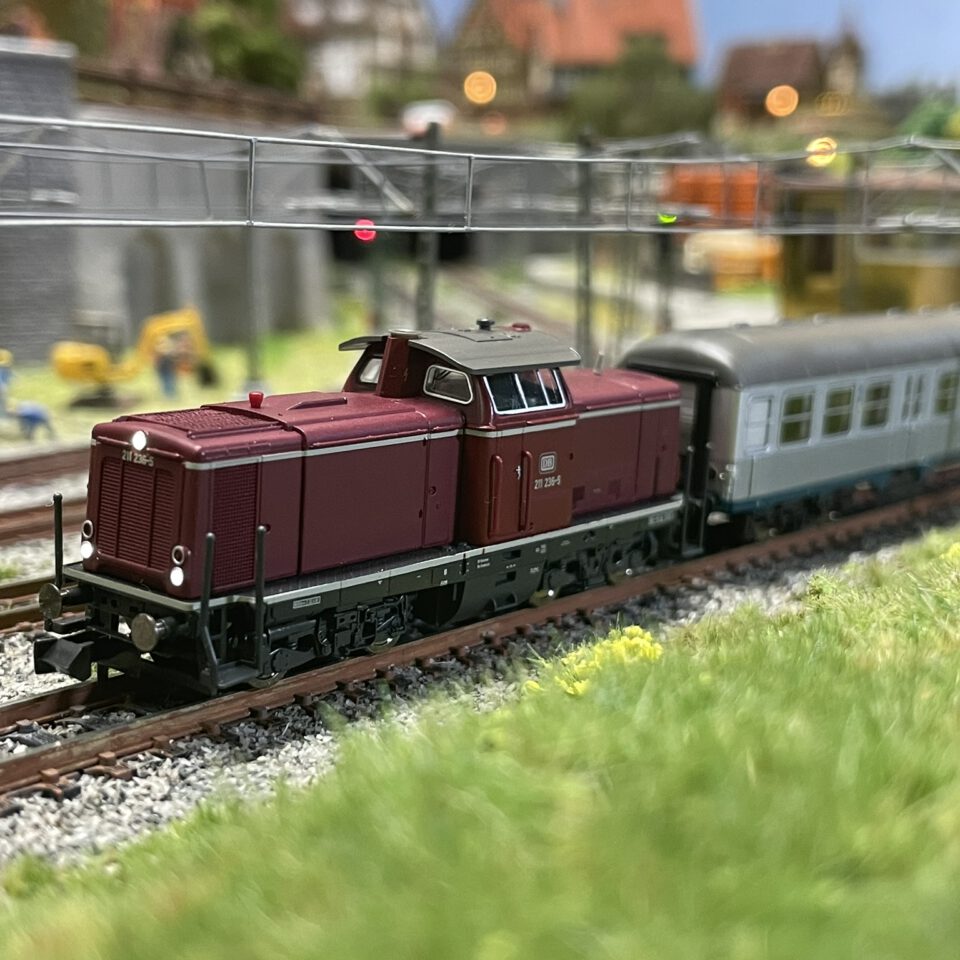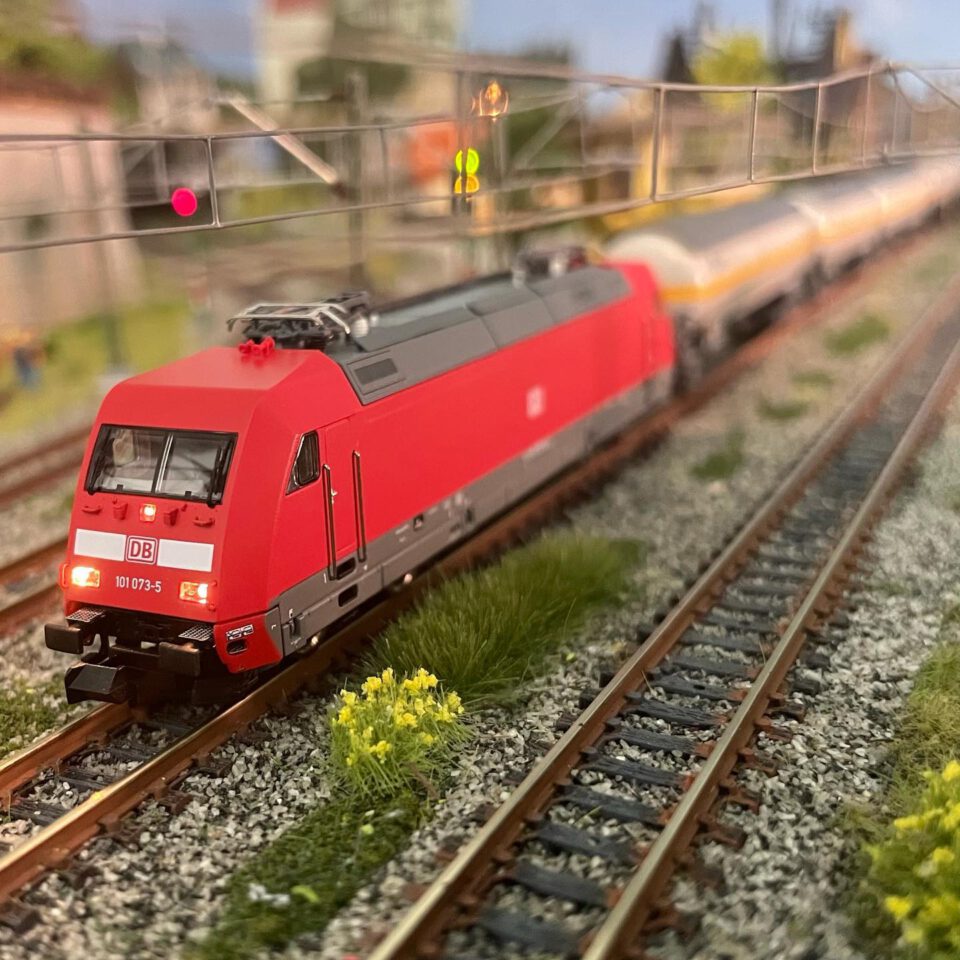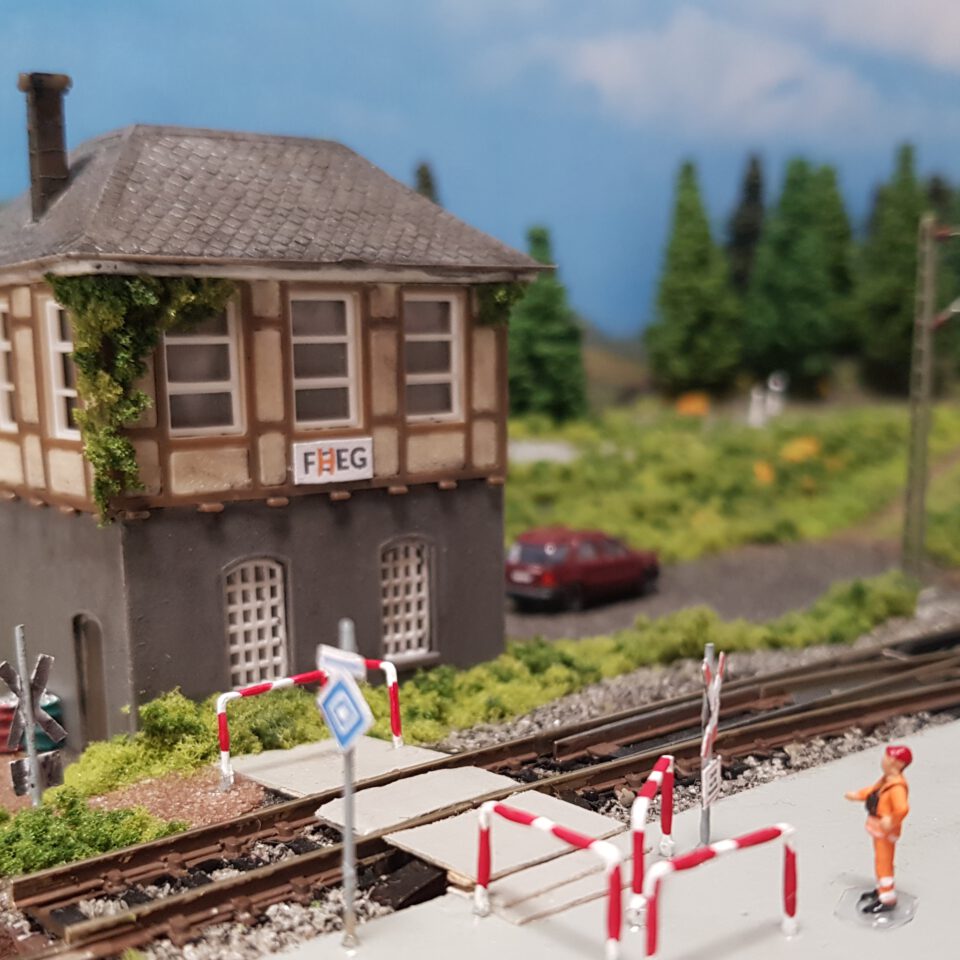With a price tag of nearly 300 euros, Fleischmann sets high expectations for the all-new V100. Also known as the BR211. Originally, these traditional workhorses can be found on every model layout. They were often included in a starter kit. Is this all-new version the worth its money? We did a field test with the digital version of this industrious locomotive.
The great example
The entire series is referred to as V100. As early as 1958, the first ones appeared on the tracks. The BR211 was used throughout Germany for light passenger and freight trains. Passenger trains often run with a steerage coach. Combined with the legendary “silberlingen,” a much imitated combination.
The finish of the model
The model has a metal body and a cab with clear view. A variety of accessories are included that can be plugged onto the locomotive. Unfortunately, like many vendors, instructions for this are lacking. It is especially lacking for the assembly of the runway slider. This can be retracted at the front and is optically a nice upgrade to the model. Consult a professional or forum for advice.
Upon unpacking, the tiny attenne fell out of the hood of the locomotive. This antenna is less than a millimeter thick, gray and a maximum of 3 millimeters high. We found that out at the driving test when the light shone through the hood. With great luck, we found the antenna and were able to replace it with a very small bit of super glue.
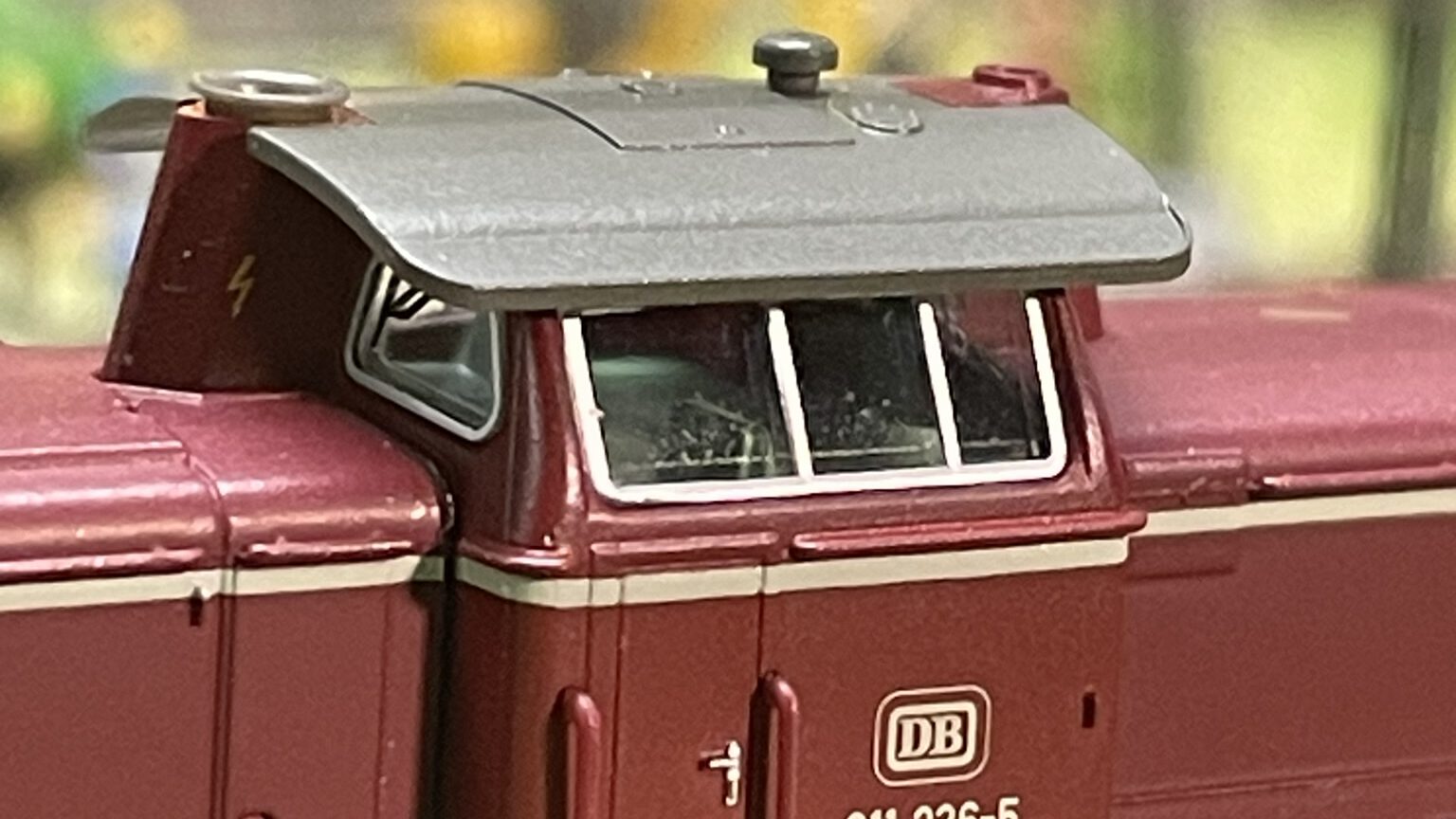
Driving characteristics and lighting
After interfacing the digital locomotive flawlessly via Z21; we drive around. You can tell from everything that this locomotive is eager to work. It is a diligent model and every train we offer is pulled flawlessly. Even a long tow of tank cars rolls quietly by. The engine runs quietly, steadily and very consistently.
In reality, this BR211 travels a maximum of 100 kilometers per hour. The model will leave many a high-speed train behind. The speed in model is way too high. This can be adjusted by setting the decoder differently. Those who find that too complicated better not slide the power open too far.
The pattern of changing lighting is as per example. Critical point here is the color of and brightness of the lighting. First of all, this one is way too bright. In addition, the color white is not representative. Especially if we place the locomotive in the 1970s where LED lighting was not yet used on trains. Lighting with a more yellow color would have been more appropriate. In addition, a standard option to dim the light via the Z21 was a good addition.
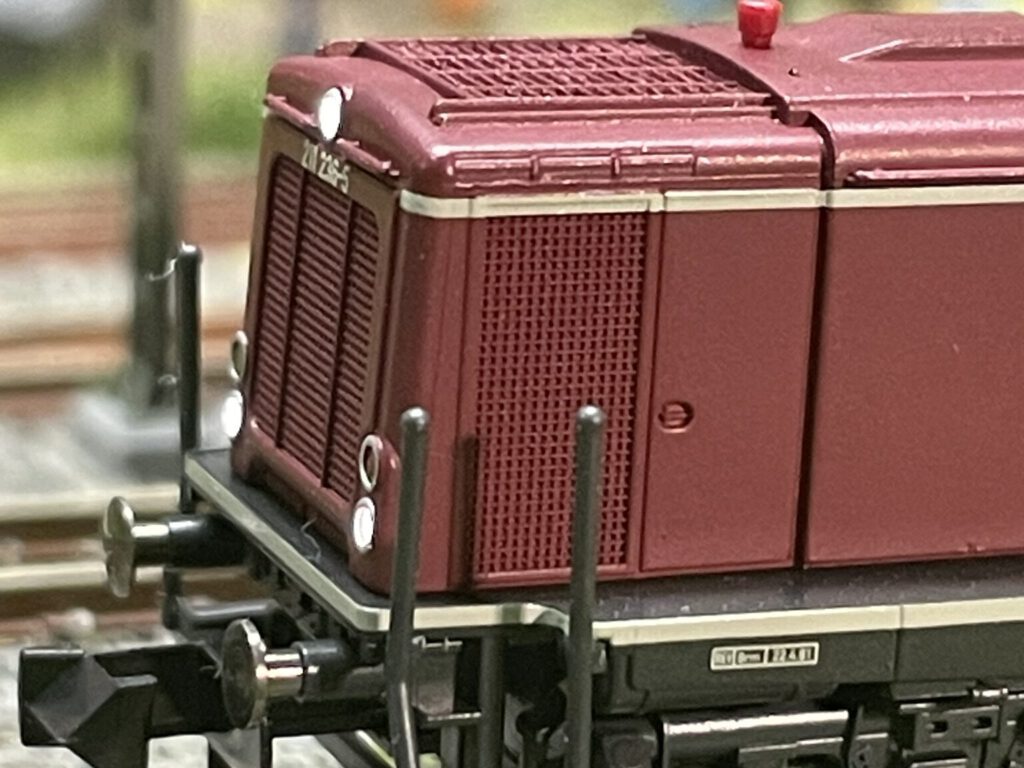
Sound
The digital version is equipped with a variety of sound functions. Out of the box, directly on the track, the sound is quite had. Or is that a deliberate choice by Fleischmann? If we set the sound to an acceptable level, the real engine sound soon drowns out the sound decoder. It is searching for the right balance here.
conclusion
It is really worth taking this upgrade. Fleischmann’s old models do not hold up on any front against this totally new release. And thankfully so; because with the hefty price tag, this should also be expected. The minor drawbacks can be fixed. And in the coming years we can expect a range of variants from Fleischmann. Indeed, the locomotives are still in service with various (private) railroad companies.
- Fleischmann 721280
- Digital (DCC), with sound.
- Suggested price 294 euros
- Market price 280 – 310 euros
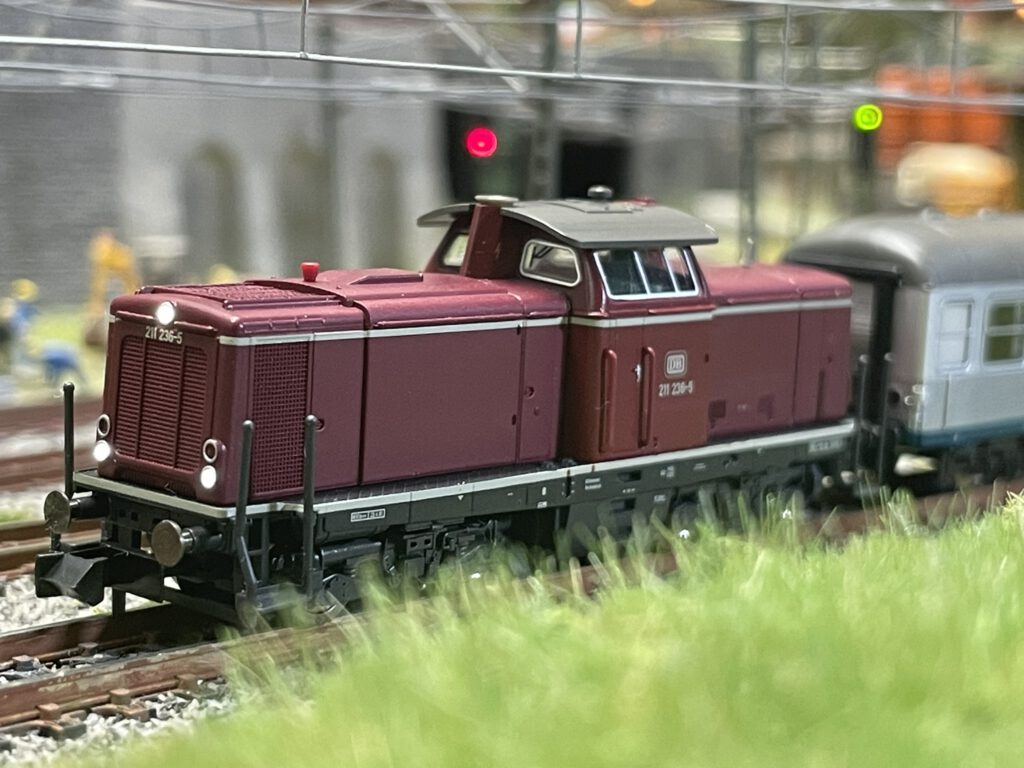
This article is also available in:
![]() Nederlands
Nederlands
